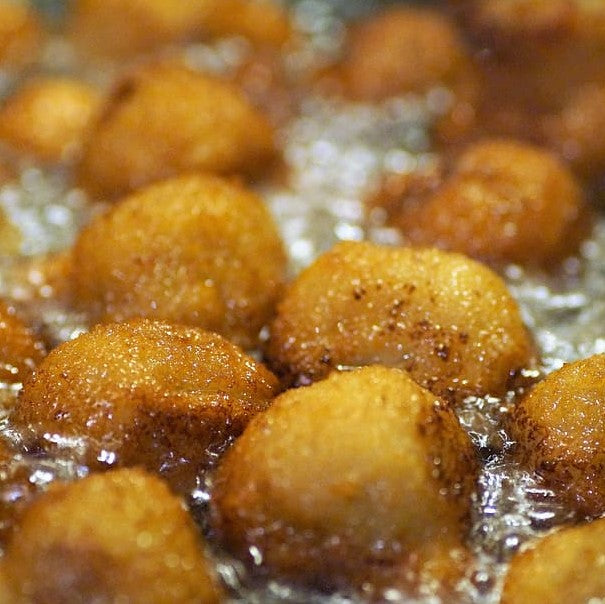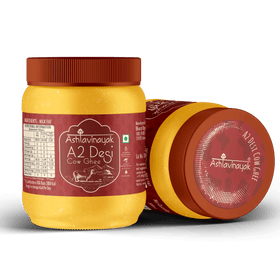
Why Smoke Point matters when Cooking with Oil?
Cooking is an art. Everyone must agree with this point. It is not an easy job what your mothers do in the kitchen from morning to evening. If people don’t think this point as something valid, they can just try their hand at cooking once. I am sure they won’t stop whining and complaining what a tough task it is to do. Cooking is all about details and precision. If you have to try your luck at professional cooking, you need to have a penchant for the cooking facts and points and what not. You need to learn a lot, and this material is never ending. Oil is the basis for cooking. We cannot imagine cooking without oil seriously. Now, when we are presented with numerous oils like soybean, almond, coconut, olive, sesame and many others, we always get confused on what would be the most appropriate for cooking. It is a tiring job even to select the oil with best specifications and features that would add some especial factor to your food. So, to lighten the already heavy load on your sleek shoulders, we are going to help you out determine the characteristics which set certain oils and fats apart and the ways through which you can select the best one for the job. The most important factor is the ‘Smoke Point.'
Smoke Point! What is it really?
You must have heard these words sometime or the other while watching the cookery shows or reading some recipes. Some people even define various methods and oils suitable for cooking just on the basis of smoke point. If you haven’t really come across these words, no worries, we are here to provide each and every kind of information you might need to know to improve your knowledge about oils and fats. Whenever we have some oil left in a pan over high heat, we might find it swelling with smoke. This is because every cooking fat, butter, and oil has a smoke point.
It is the temperature at which the oil stops shimmering and it starts to burn and produce serious smoke. When cooking is done with the oil that has been heated beyond its smoke point, we not only impart burnt flavour to the food but we do even greater damage. All the nutrients and essential chemicals present in the edible oils are destroyed and sometimes even harmful free radicals are also created. Therefore, interpretation of such signals is imperative and a crucial quality that must be possessed by all the cooks.
Why is it so essential?
Oils are traditionally extracted from nuts and seeds through mechanical crushing and pressing. If they are bottled right after, we get the “virgin” oil. Now this oil tends to retain its flavour as well as colour. These unrefined oils contain many minerals and enzymes which cannot tolerate high heat and can be unpredictable in their reactions leading to undesirable spoilage. These oils are said to be suited best to drizzling and low-temperature cooking. This certainly gives a conclusion that smoking point varies widely and the smoking point for refined oils is higher than those virgin oils. Refining is somewhat good because it removes the fatty acids which are a reason for those smoke signals.
These refined oils have a neutral taste, odour and clear appearance. These oils have a longer shelf life. When the butter or ghee is clarified, the heat sensitive elements are extracted to raise the smoke point. It is not always bad to cook with smoking oil, though. Sometimes, we do require cooking with oil or butter that is extremely hot and a little smoky, but when flavourful raw oil starts to smoke, we are having a risky business. Oil when heated beyond the smoke point, all the fats in it start to degrade and breakdown and free radicals are generated which give burnt aroma and flavour to food. This is not just it; sometimes the food can be a little unhealthy, and this cooking process leaves the kitchen stinking and your eyes watering, a sight not at all pleasant.
Decomposition of fats can also release some ignitable gases. Here, in such a situation panic is the last thing to do. You must take the pan off the heat as those gases might spontaneously combust. This is the case with high smoke point oil. The refined ones might start to develop bad smell and flavours, just smell it and if it happens, replace it with a new batch.
We can also add some used oil to the fresh one, and it is helpful with browning. Cooking with oil that has heated past smoking point makes it unsuitable for further use, and it just gets wasted. Some flavourful oils like hazelnut, sesame, and walnut don’t get used very quickly so they can be refrigerated. You must keep oils tightly sealed in a cool and dark place to extend their shelf life.
Smoking point indices of some common oils
- Almond Oil (Prunusdulcis): Smoke Point: 430 F. Used for frying, roasting, grilling and baking.
- Butter: Smoke Point: 350 F. Used for sautéing and baking.
- Coconut Oil(Cocosnusifera): Smoke Point: 350 F. Used for sautéing and baking.
- Canola Oil(Un-refined): Smoke Point: 225 F. Used for sautéing, pan-frying and baking.
- Extra Virgin Olive Oil(Oleaeuropaea): Smoke Point: 300 F. Used for all-purpose cooking and baking.
- Sesame Oil(Sesamumindicum): Smoke Point: 450 F. Used for deep-frying, pan-frying, sautéing, roasting, grilling, baking and salad dressings.
Some cooking techniques with suitable oils
- For Sautéing: We don’t need smoking hot oil here. For a good sauté, virgin olive oil and some other medium smoke point, oils would do fine.
- For Deep-Frying: make it a habit to use thermometer here. Always pick high smoking point oil that can be heated at least 50 F above intended temperature.
- For Searing: we need to promote browning here. So choosing a neutral oil with a high smoke point like peanut, corn or vegetable would work great if you heat it only till it just starts to smoke.

